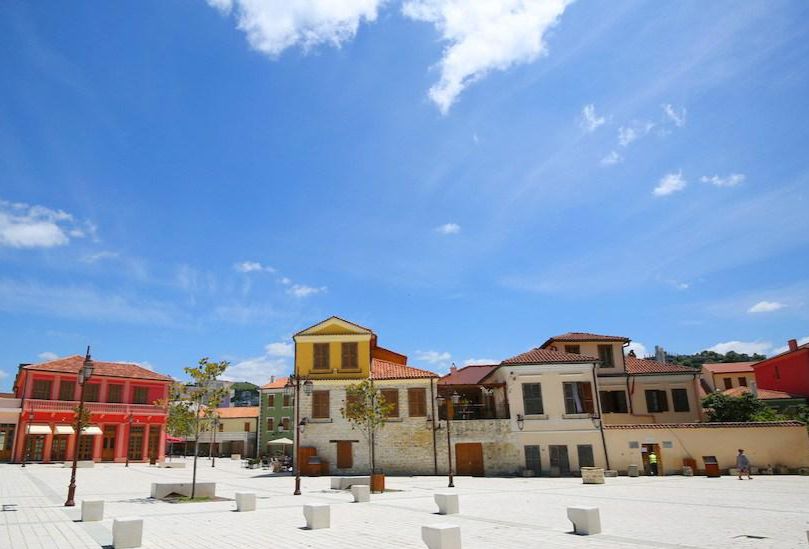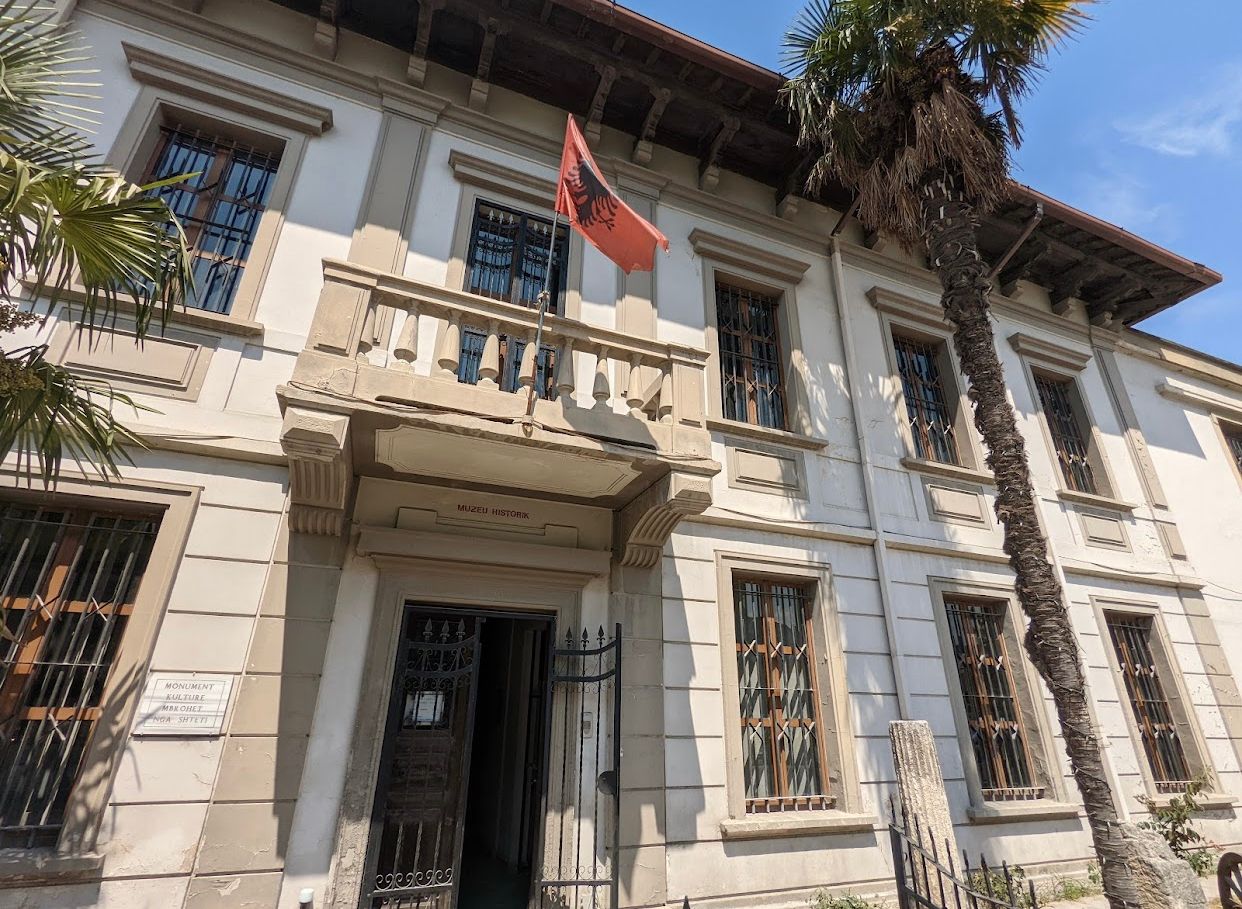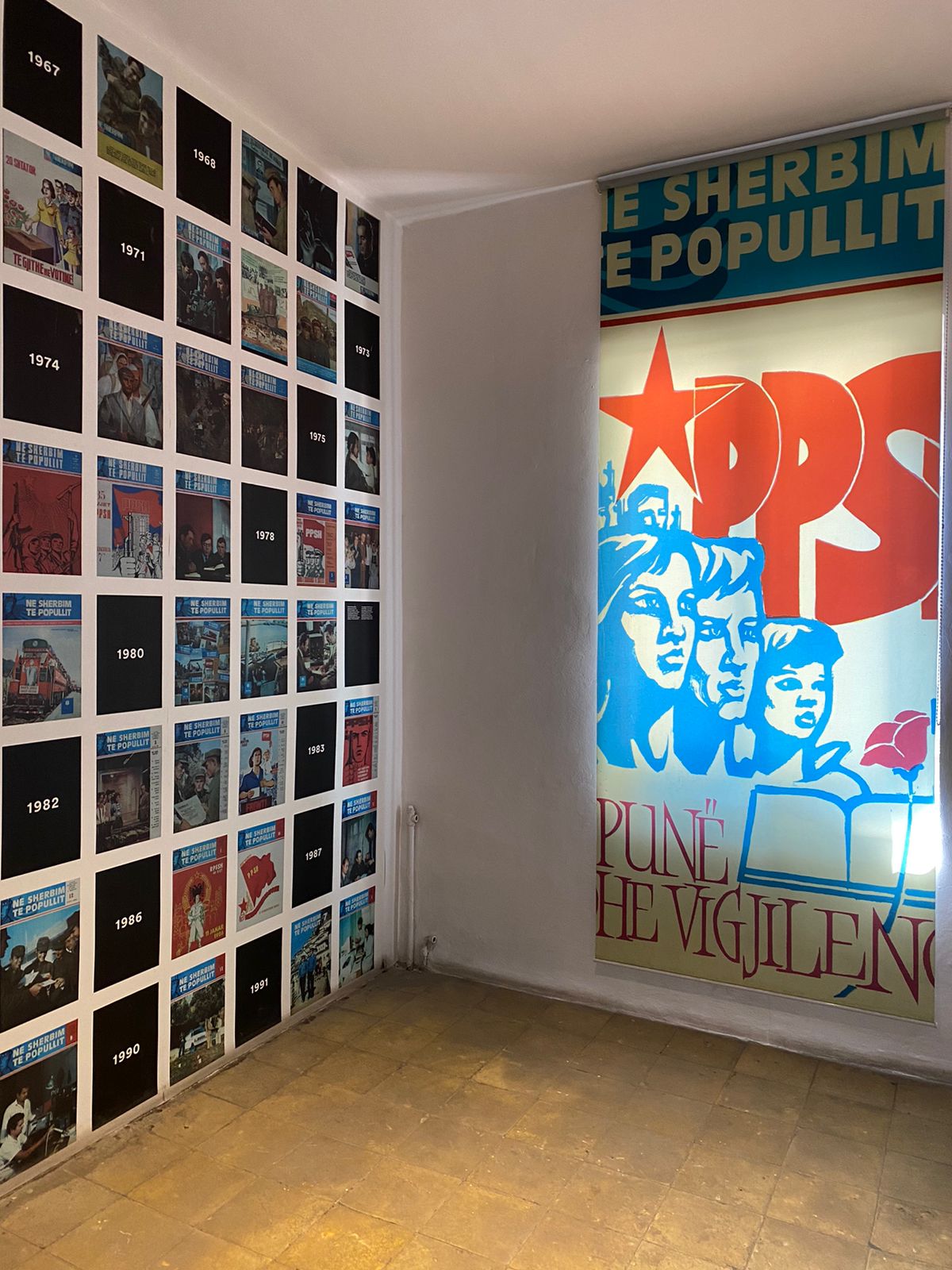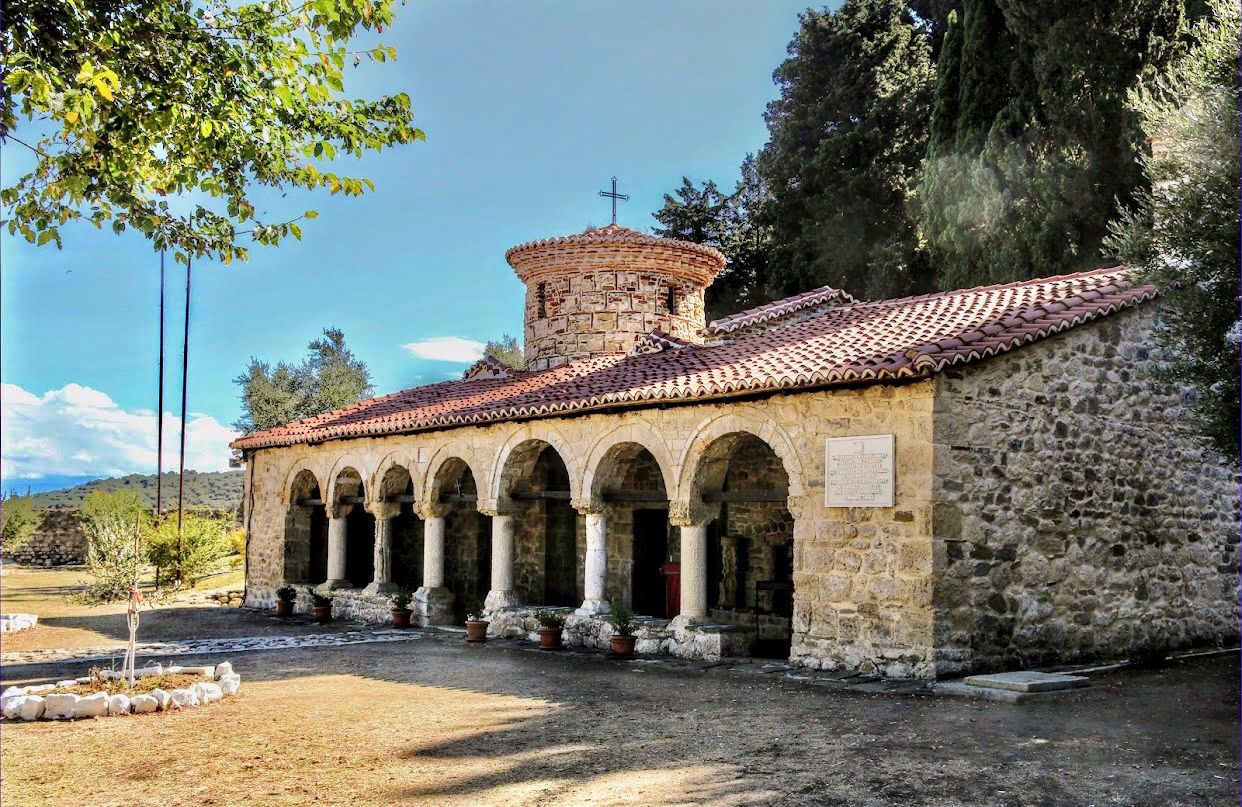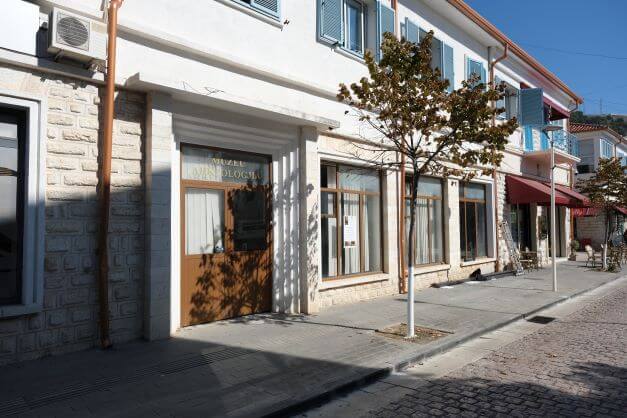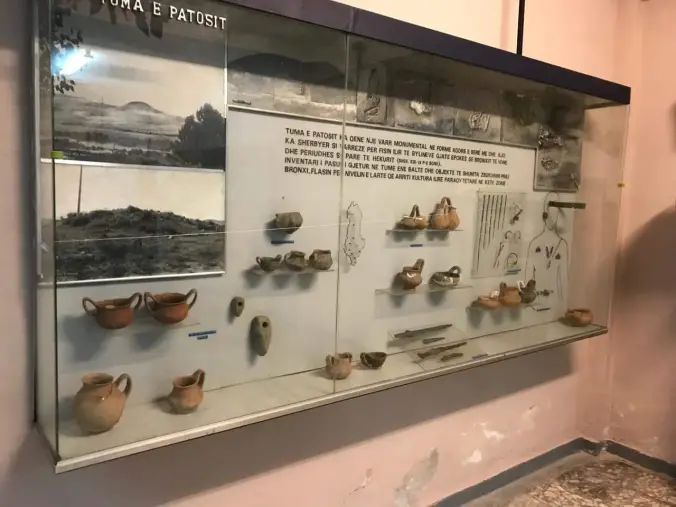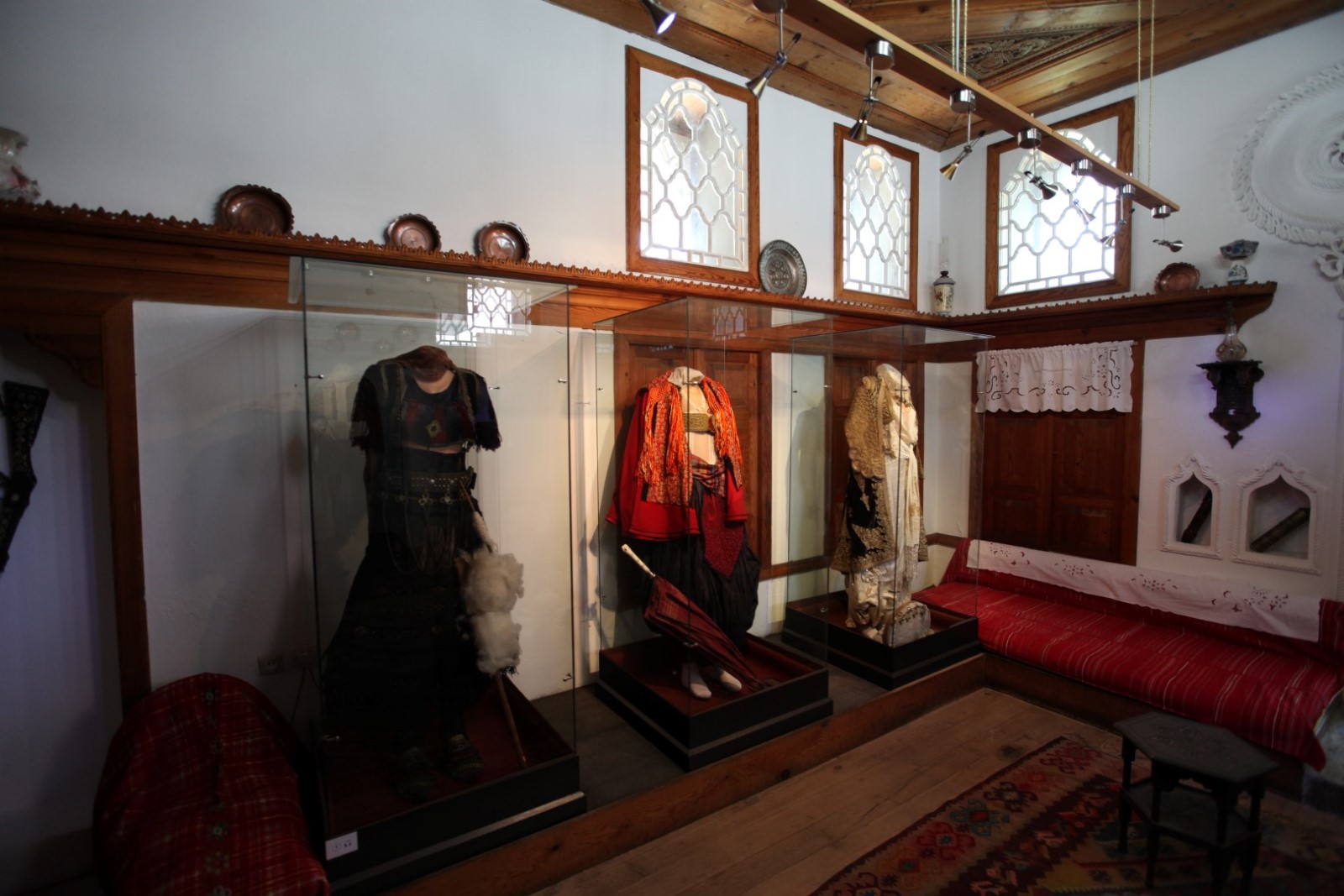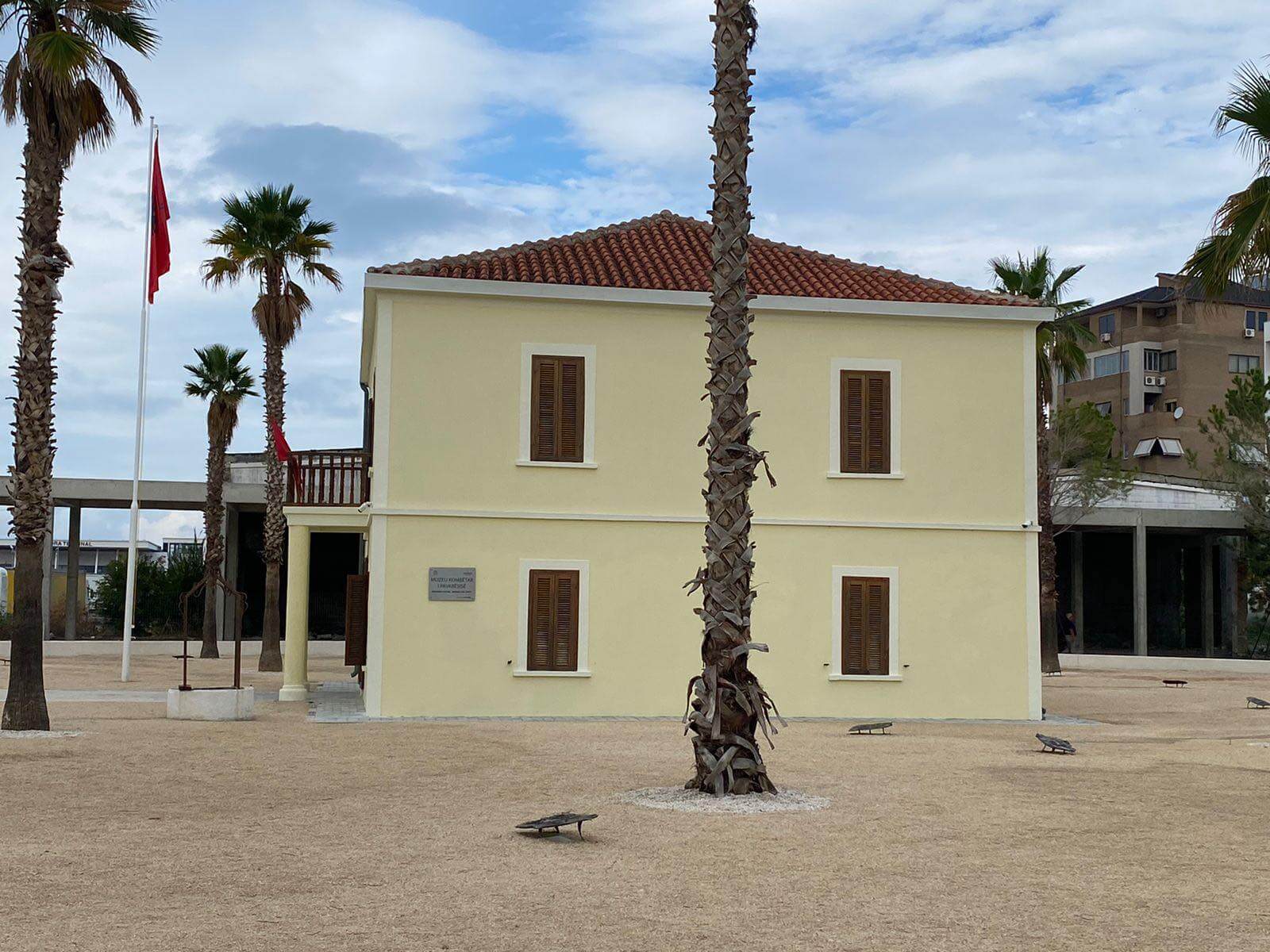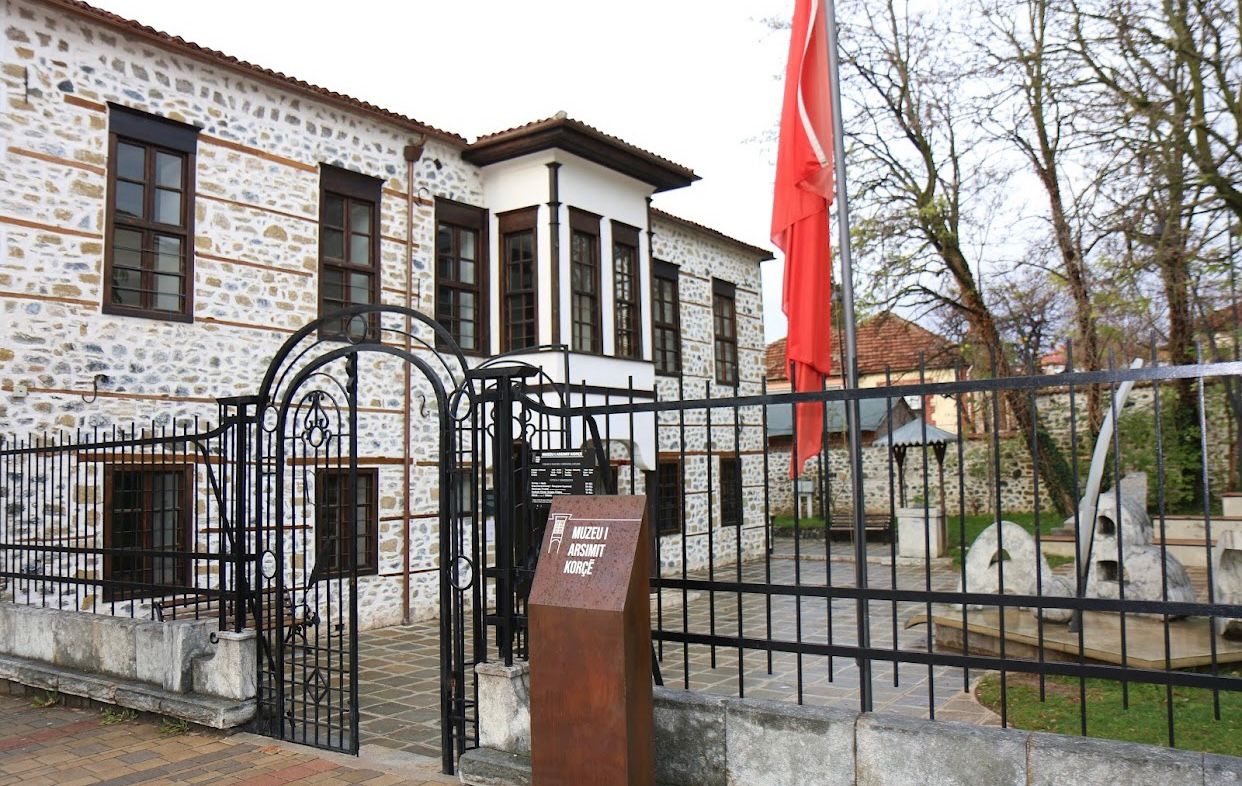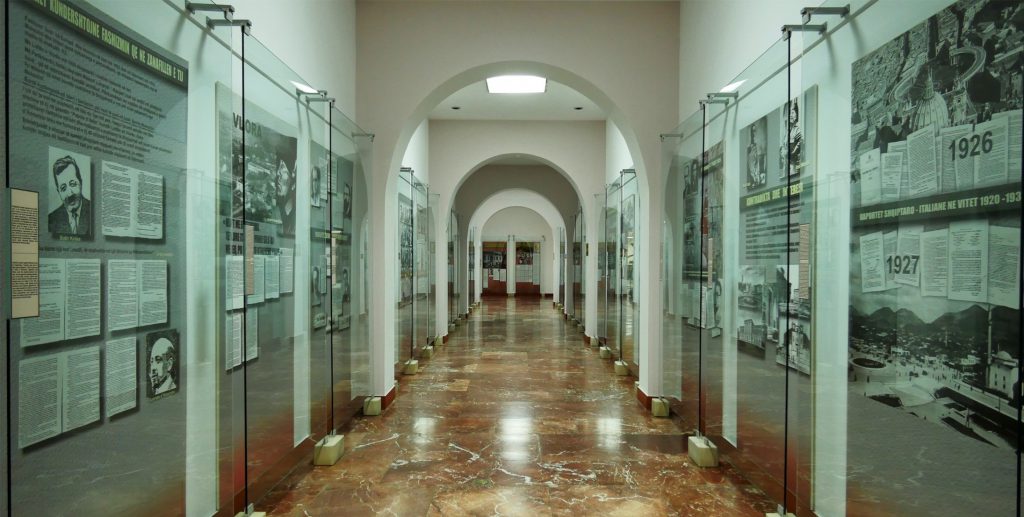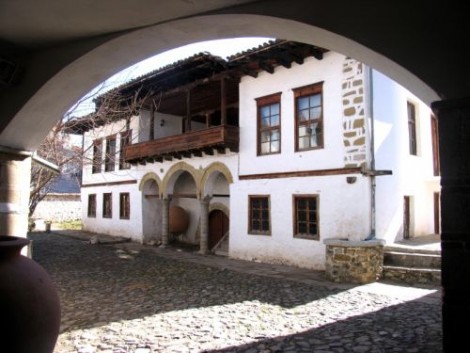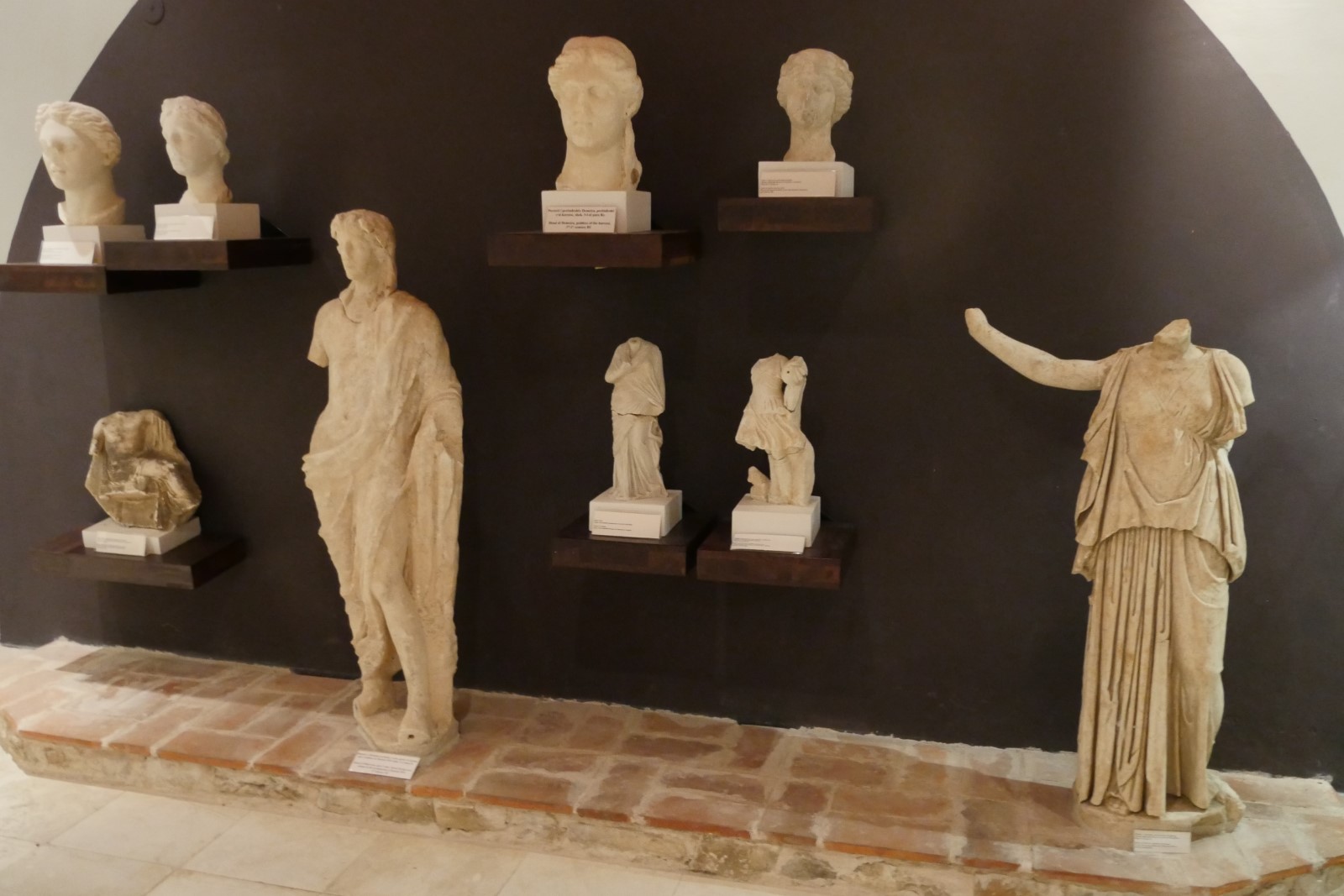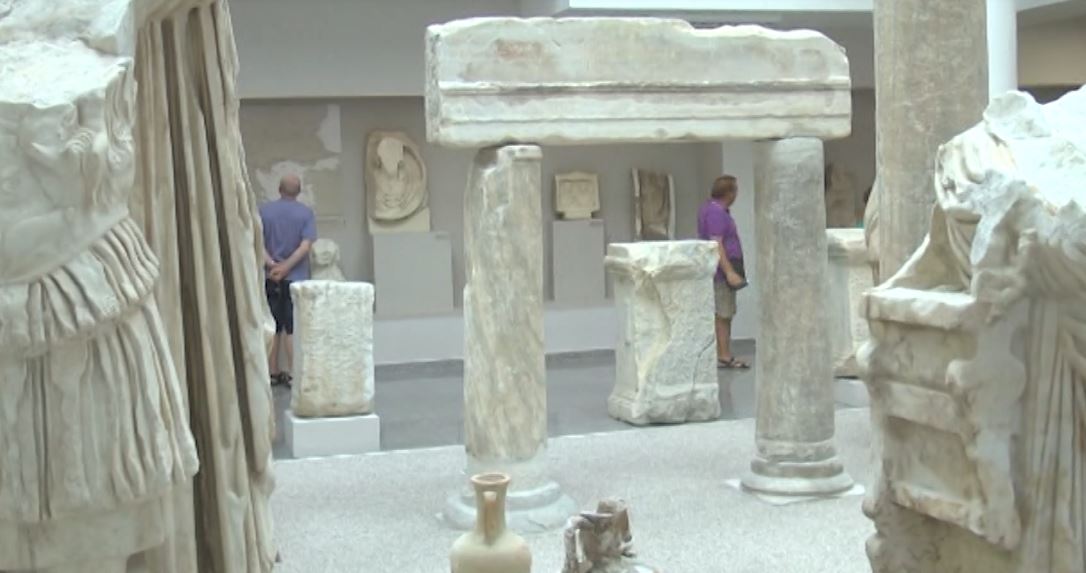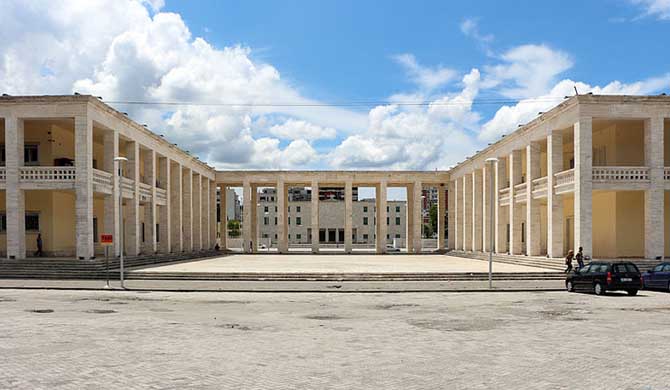Museum
The "Justin Godar" Street Ensemble
The Justin Godar Street Ensemble is a cultural heritage monument in Vlora, approved as an Architecture type in July 1980. Muze Street is the historic heart of Vlora, centered around XIX century settlements. The buildings showcase classic Italian architecture, representing the city's identity. Muze street was renamed "Liberty" from 1912-1921 when Independence delegates passed through. In 1921, the
Museum
Historical Museum, Vlora
The Historical Museum holds great value as a cultural landmark in Vlora. This architectural monument was granted approval in November 2006. The location of the museum lies within the heart of the city with a distinctive building that formerly housed local government agencies and community organizations.
There is a vast collection of unique items on display and safeguarded, showcasing various hist
Museum
Museum of Secret Surveillance: "House of Leaves"
The Museum of Secret Surveillance "House with Leaves" was opened to the public on May 23, 2017. This museum is the youngest and most unique in Albania that tries to tell young people and foreigners one of the darkest periods of the history of the country. This building located in the center of Tirana housed the Gestapo for a short time, during the occupation of the country by Fascist Italy in the
Museum
Monstery and Shën Mërisë Hyjlindëse Church, Zvërnec
The monastery and the church of Shën Mërisë Hyjlindëse, is built on a picturesque site on the northwest part of the city of Vlora. The church is surrounded by monastery environment, a building with traditional architecture, and a shed on the second floor that opens to the church.It is a cross-type church with a dome, a narthex, as well as an exnarthex of an open porch on the no
Museum
Archaeological Museum of Saranda
The Archaeological Museum is located in the center of the city of Saranda. From where visitors have the opportunity to learn about the beginnings of civilization in Onhezmi, which start in the III century BC. In that period it also served as a port of Phoenicia, the capital of Kaonia, the kingdom of Pyrrhus of Epirus. During the IV century, the city was surrounded by fortification walls, with a he
Museum
Historical Museum of Fier
The Historical Museum is located in the center of the city. The first attempts to establish this museum were made in 1936, with the well-known archaeologist Leon Rei. This museum was supposed to be of an archaeological nature, with the objects discovered during the excavations of the ancient city of Apollonia, but that was not realized. The establishment of the museum became a reality only after t
Museum
Historical Museum of Shkodra
The Historical Museum is located in a typical Shkodra house named "Oso Kuka", since 1996, right next to the "Loro Boriçi" stadium. Parallel to the central museum, the "Rozafa" Castle Museum, located in the captain's building, which was opened in 1987, continues to function.Initially, it was based on old collections of Jesuit and Franciscan assemblies of the XIX century and from collections
Museum
National Museum of Independence
The National Museum of Independence is located in the south of the city of Vlora, near the port. This is the first Albanian museum, created in 1936.This building originally served as a quarantine building and after the declaration of independence on November 28, 1912, it became the seat of the Provisional Government of Ismail Qemali for 14 months, until January 22, 1914. The most important environ
Museum
National Museum of Education
The National Museum of Education is located in the building of the first Albanian school, opened on March 7, 1887 in Korça, by the patriotic teacher Pandeli Sotiri. This object, which was originally the private home of the Korça patriot Diamant Terpo, has enjoyed the status of National Museum of Education since 1967, while since 1973 it has been declared a Cultural Monument.The First
Museum
National Historical Museum, Tirana
In the heart of Tirana, Albania's capital, is where you'll find the National History Museum. The museum wants to facilitate discussion between people about their past, present, and future while also fostering awareness and appreciation of Albania's history among the local, national, and worldwide public.
For this reason, it collects, protects, and researches tangible and intangible proof of Alban
Museum
Korça Archaeological Museum
The Korça Archaeological Museum is housed in two typical Korça buildings from the 11th century and is situated in the heart of the city. For their architectural significance, they were designated as cultural monuments. The museum was founded in 1985 and expanded and expanded after its establishment in 1990.
In its field, the Archaeology Museum is exceptional. It is primarily concern
Museum
Archaeological Museum of Butrint, Sarandë
The Archaeological Museum of Butrint is located inside the Acropolis castle which belonged to the ancient city of Butrint. He was opened for the public in 1950. At that time the museum contained the rich archaeological materials of the Greco-Roman period, that were discovered by the Italian Archaeological Mission that excavated in Butrint between the two world wars 1928-1940.
The beginning of sys
Museum
Archaeological Museum of Durrës
The Archeological Museum of Durrës is located near the Volga, on Taulantia Street. Vangjel Toçi, considered as the father of archeology in Durrës, opened the museum in March 1951. The first objects were placed in a two-story villa, exhibiting those artifacts that had been discovered up to that time, from the subterranean of the Durrës area.
But over the years, the Archeologi
Museum
National Archaeological Museum
The National Archaeological Museum is located in Nënë Tereza Square, in Tirana. Nearly 2,000 objects are exhibit in the museum. The museum relies on a reserve fund with more than 17,000 objects, to which objects are continually added from organized archaeological finds.
It was opened in November 1948 as an Archaeological-Ethnographic Museum and functioned as such until 1976. As a result


